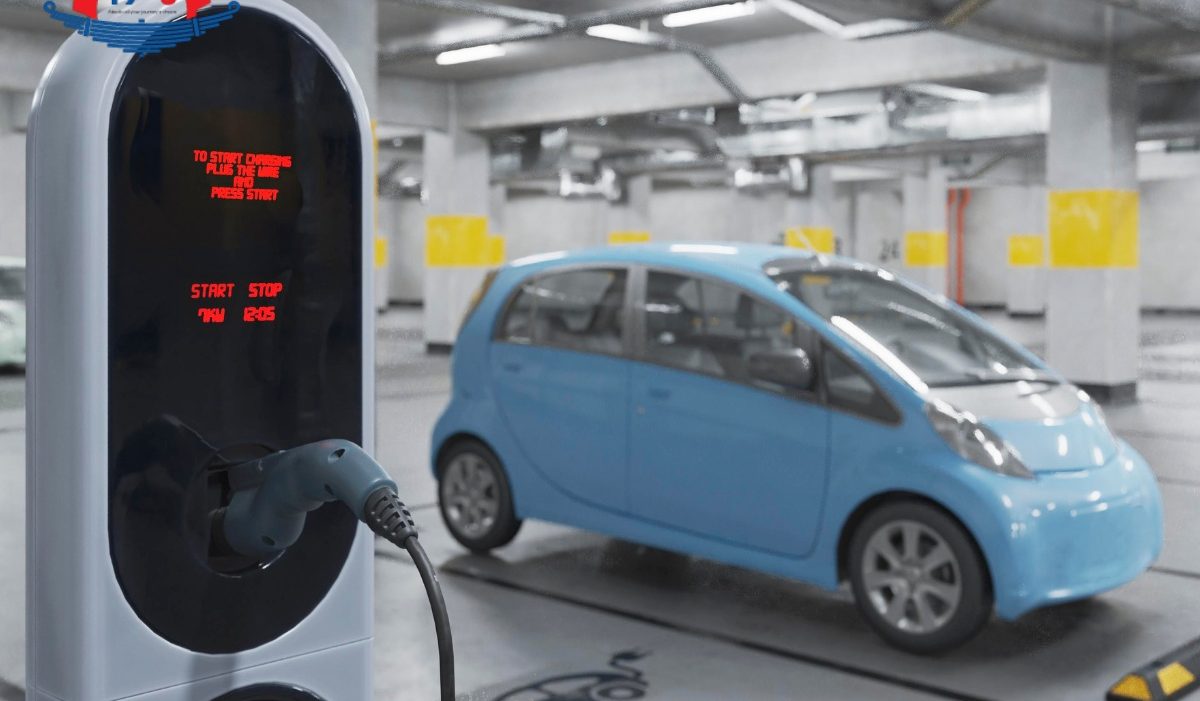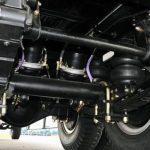The automotive industry is experiencing a seismic shift, driven by the rise of electric vehicles (EVs) and the growing global commitment to sustainable and eco-friendly mobility solutions. This transformation not only alters the dynamics of transportation but also sends ripples through the automotive aftermarket industry, a sector traditionally aligned with the needs of internal combustion engine (ICE) vehicles.
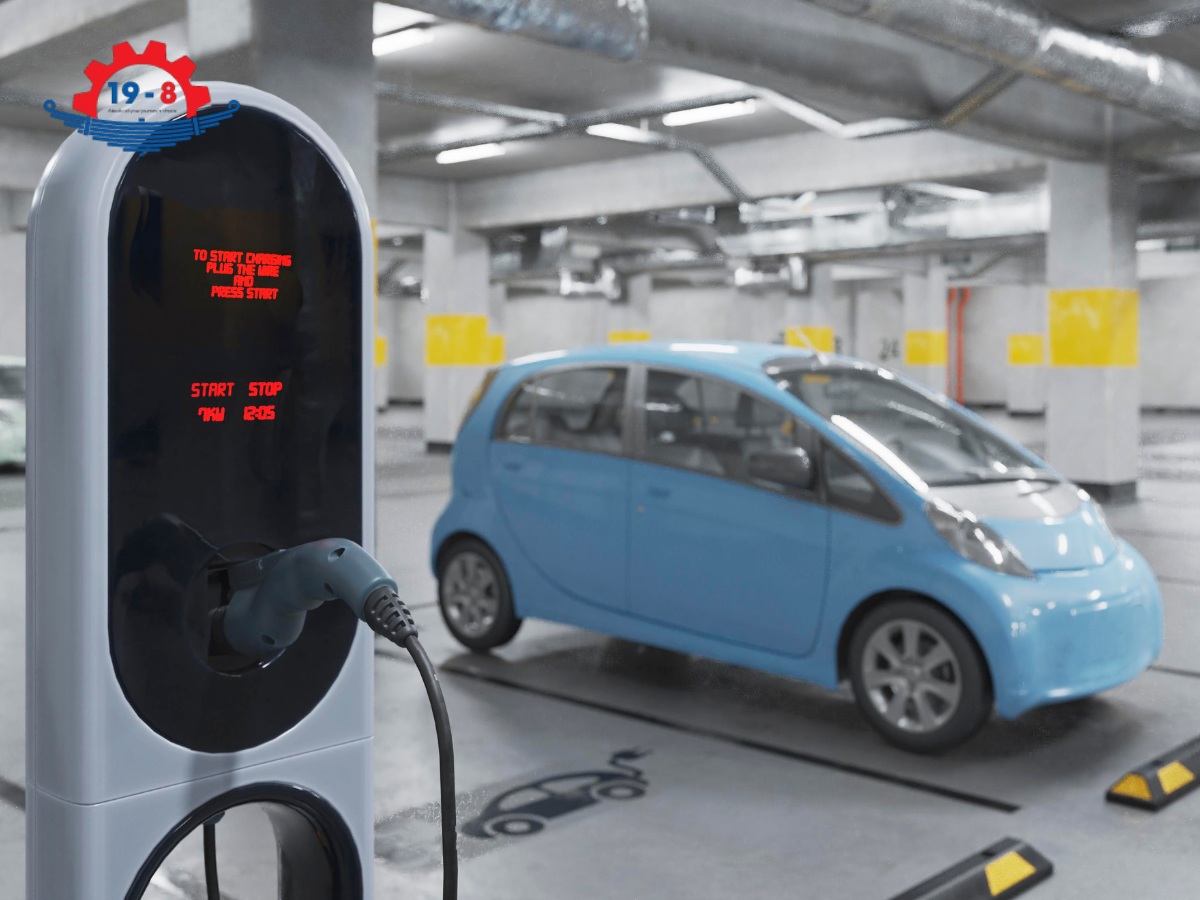

Rise of Electric Vehicles
Brief history and evolution of electric vehicles
Electric vehicles (EVs) were conceived in the 1820s and 1830s, gaining popularity by the late 19th century. Despite early advantages, the rise of affordable gasoline cars led to a decline by the 1920s. In the late 20th century, EVs faced challenges but saw a resurgence. The 21st century has witnessed a rapid growth of EVs, driven by environmental concerns, technological advancements, and supportive government policies.
According to the International Energy Agency (IEA), the global electric car stock reached 10 million in 2020, a 43% increase from 2019, constituting 1% of the global car fleet.
Current market trends and projections for the growth of EVs
The global electric car market is expected to continue its expansion in the coming years, despite the impact of the COVID-19 pandemic on the overall car market. The IEA projects that the global electric car stock will reach 145 million by 2030, under the current policies scenario, and 230 million, under the sustainable development scenario. This would represent a 14% and 23% share of the global car fleet, respectively.
The growth of electric cars will vary by region, depending on the level of policy support, consumer preferences, and market conditions. China is expected to remain the largest market for electric cars, followed by Europe and the US. However, other regions, such as India, Southeast Asia, Latin America, and Africa, may also see a rise in electric car adoption, as they face increasing urbanization, air pollution, and climate change challenges.
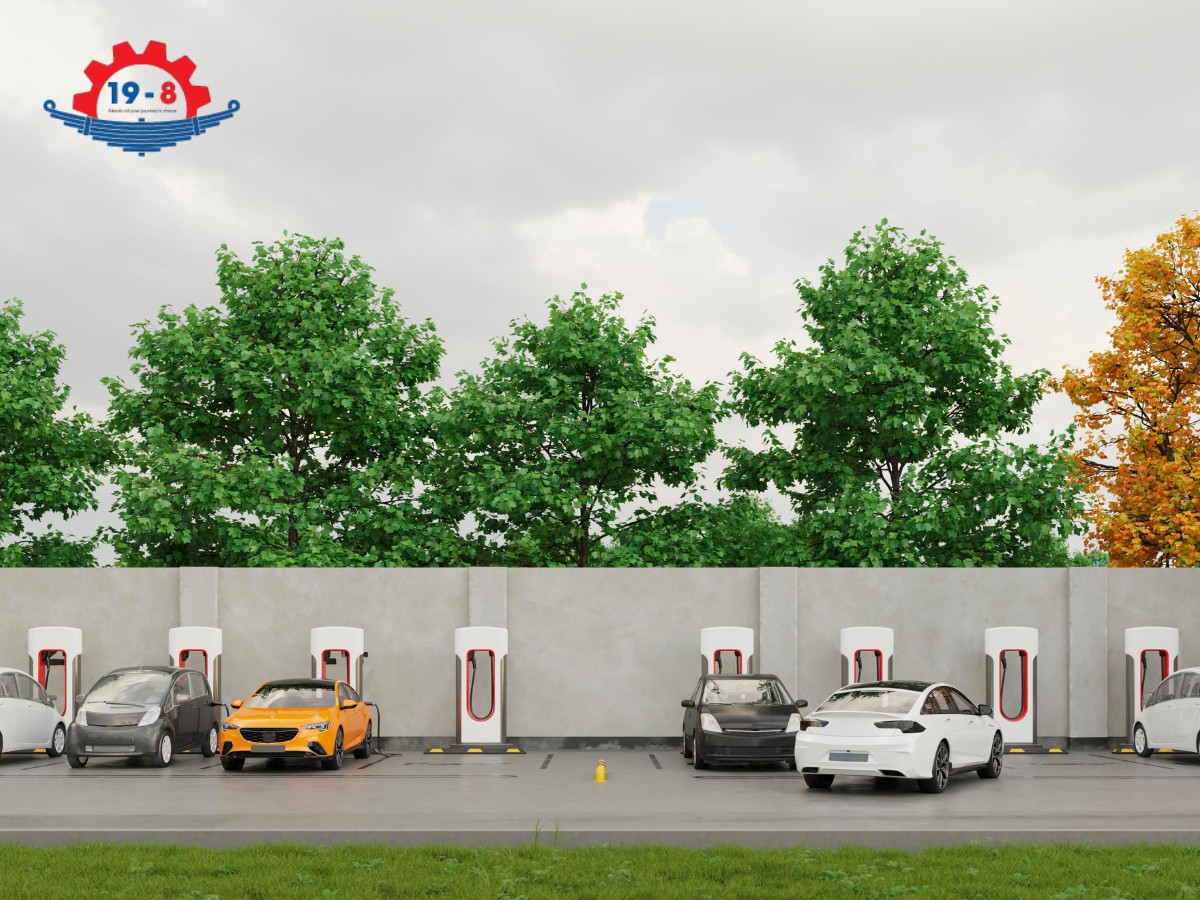

Impact of Electric Vehicles on the Automotive Aftermarket Industry
Impact of EVs on the aftermarket demand
The automotive aftermarket industry, which provides products and services for the maintenance and repair of vehicles, is expected to face a significant disruption due to the rise of electric vehicles. Electric vehicles have different components and characteristics than conventional internal combustion engine (ICE) vehicles, which affects the demand for aftermarket products and services. Some of the key impacts are:
- Brakes: Electric vehicles use regenerative braking, which recovers kinetic energy and reduces the need for conventional friction brakes. This extends the lifespan of the brake pads and rotors and lowers the demand for brake-related aftermarket products and services.
- Filters: Electric vehicles do not require oil, fuel, or air filters, which are commonly replaced in ICE vehicles. This eliminates the demand for filter-related aftermarket products and services, which account for a significant portion of the aftermarket revenue.
- Fluids: Electric vehicles do not require oil, coolant, or transmission fluid changes, which are also common maintenance services for ICE vehicles. This reduces the demand for fluid-related aftermarket products and services, which also account for a significant portion of the aftermarket revenue.
Impact of EVs on the aftermarket supply
The automotive aftermarket industry also faces a significant disruption in the supply of aftermarket products and services, due to the rise of electric vehicles. Electric vehicles have different components and characteristics than conventional ICE vehicles, which affect the supply of aftermarket products and services. Some of the key impacts are:
- Batteries: Batteries are the most critical and expensive components of electric vehicles, which determine their performance, range, and lifespan. Batteries degrade over time and may need to be replaced or upgraded, creating a demand for battery-related aftermarket products and services. However, the supply of battery aftermarket products and services is challenging, due to the high costs, technical complexity, safety issues, and environmental regulations involved in battery production, recycling, and disposal.
- Electric motors: Electric motors are the main power sources of electric vehicles, which convert electrical energy into mechanical energy. Electric motors are simpler, more efficient, and more reliable than ICEs, which reduce the need for maintenance and repair. However, electric motors may still face some issues, such as overheating, bearing wear, and insulation breakdown, which create a demand for motor-related aftermarket products and services. The supply of motor aftermarket products and services is also challenging, due to the technical complexity, high voltage, and safety issues involved in motor production, installation, and repair.
- Power electronics: Power electronics are the devices that control and convert the electrical power in electric vehicles, such as inverters, converters, chargers, and controllers. Power electronics are essential for the optimal performance and efficiency of electric vehicles, but they also face some challenges, such as thermal stress, electromagnetic interference, and power quality issues, which create a demand for power electronics-related aftermarket products and services. The supply of power electronics aftermarket products and services is also challenging, due to the technical complexity, high voltage, and safety issues involved in power electronics production, installation, and repair.
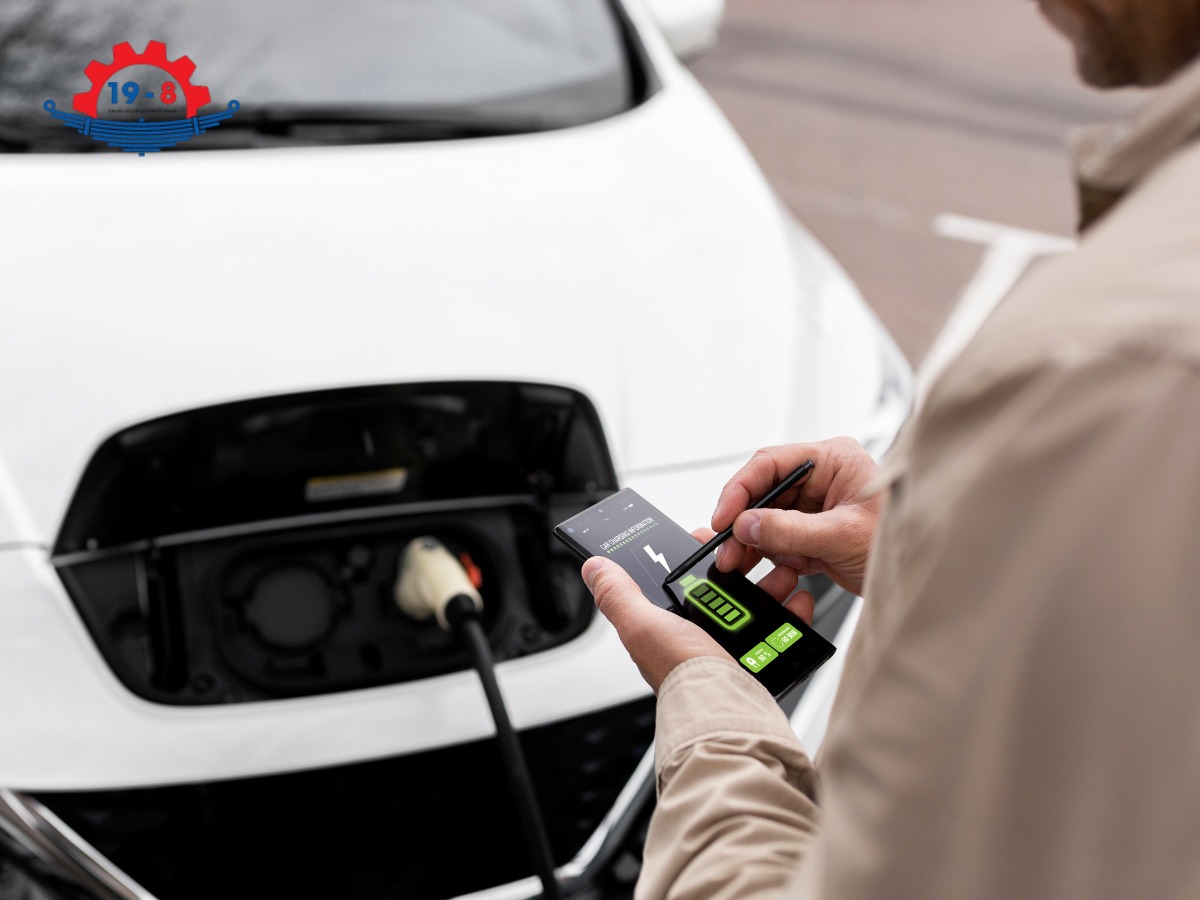

Challenges and Opportunities for the Automotive Aftermarket Industry
Challenges
The automotive aftermarket industry faces several challenges due to the rise of electric vehicles, such as:
- Reduced demand: As electric vehicles replace internal combustion engine (ICE) vehicles, the demand for traditional auto parts like spark plugs and exhaust systems will sharply decline. This shift will impact the revenue and profitability of the aftermarket industry, particularly in the maintenance, service, wear and tear, and repair segments.
- The necessity for specialized knowledge and equipment: As electric vehicles have different components and characteristics than ICE vehicles, they require specialized knowledge and equipment for diagnosis, maintenance, and repair. This poses a challenge for the aftermarket industry, especially for independent workshops and distributors, which may lack the necessary skills, tools, and certifications to service electric vehicles. Moreover, the OEMs and authorized dealers may have a competitive advantage over the independent players, due to their access to proprietary information, technology, and training related to electric vehicles.
Opportunities
The automotive aftermarket industry also faces several opportunities due to the rise of electric vehicles, such as:
- The emergence of new market segments: As electric vehicles have different components and characteristics than ICE vehicles, they create new market segments for EV-related products and services, such as battery upgrades and maintenance, charging infrastructure and solutions, software updates and enhancements, and vehicle-to-grid integration. These segments offer significant potential for growth and innovation, as the electric vehicle market expands and evolves.
- Growth in demand: As electric vehicles become more popular and diverse, the demand for EV-specific aftermarket parts and accessories will also grow, as consumers seek to personalize, customize, and optimize their electric vehicles. These parts and accessories may include high-performance tires, wheels, and brakes, unique upholstery and lighting, advanced infotainment and navigation systems, and smart and connected features. These parts and accessories offer higher prices.
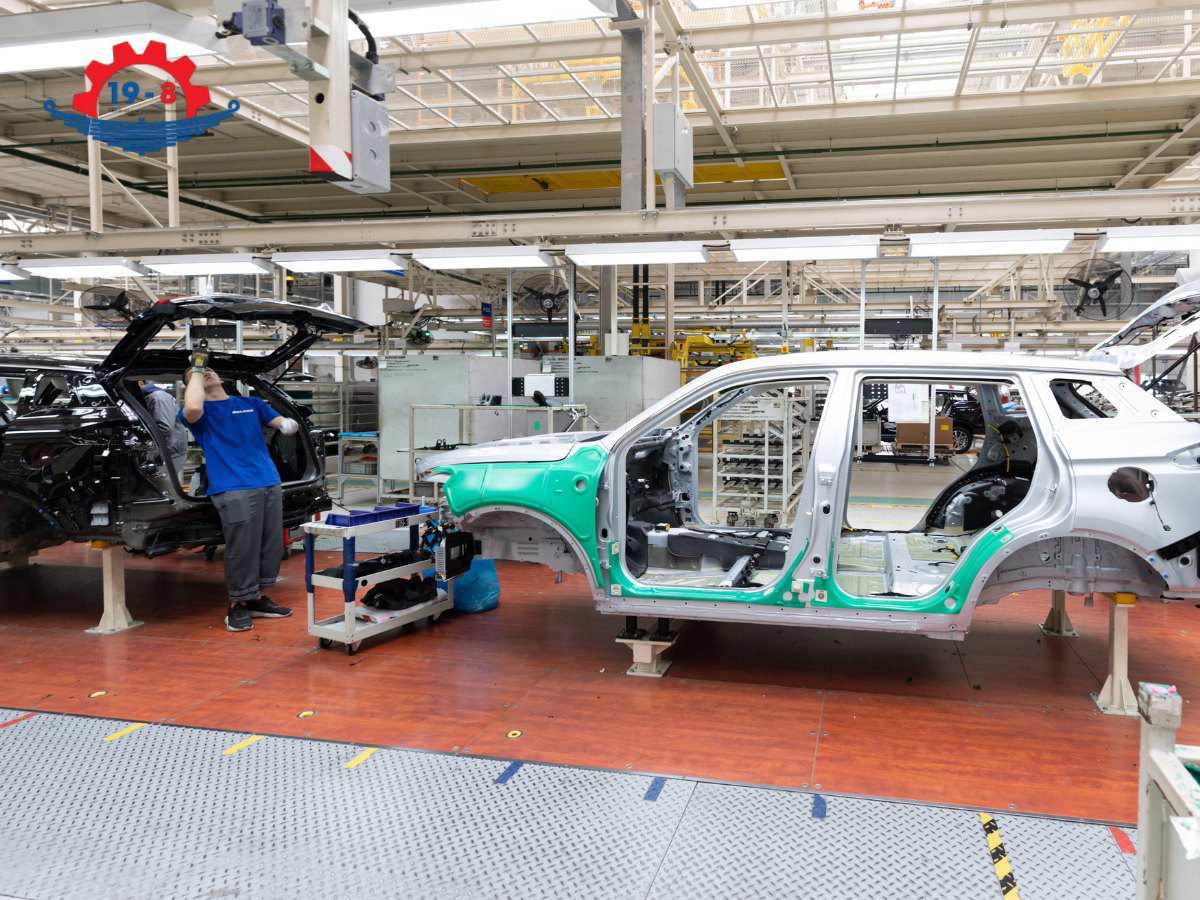

In conclusion, the impact of electric vehicles on the automotive aftermarket industry is multifaceted, presenting both challenges and opportunities. Navigating this evolving landscape requires a thorough understanding of the shifting dynamics in demand and supply, coupled with adaptability and innovation from aftermarket stakeholders.



